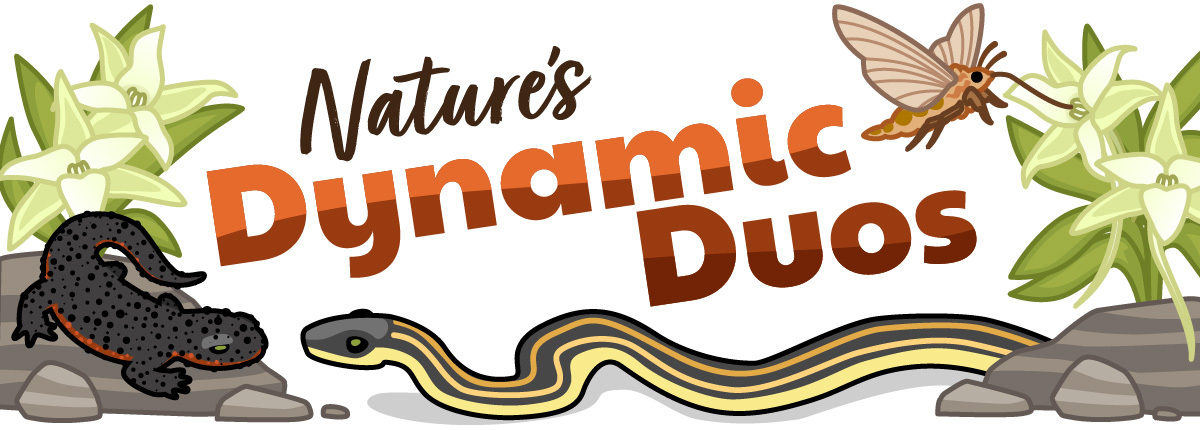Ecological relationships
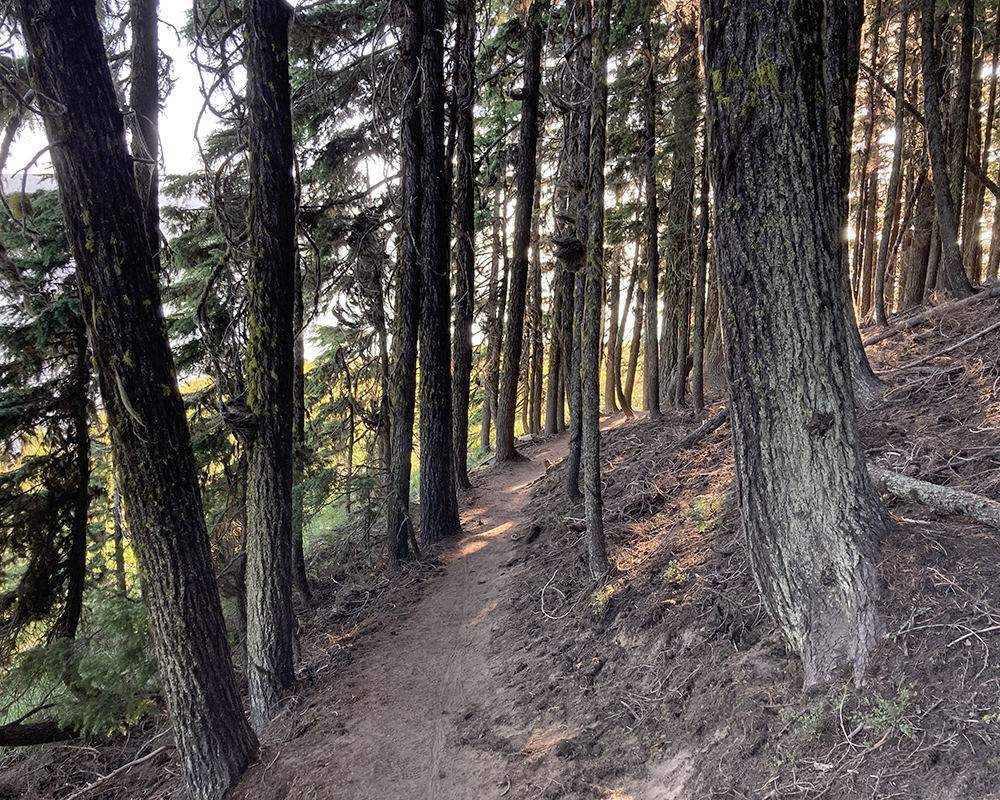
As you hike across uneven terrain, you absorb the sounds around you. The chirp of birds in the trees, the buzz of insects gathering nectar, and the breaking of twigs in the distance. You're counting the different animal species you see today, and you just passed a dozen. While you record your observation of each of them, what you aren't recording is how many of them are seeing and interacting with each other. That number might be bigger than what you'd guess.
When two species live in the same environment, they often interact closely with each other. This interaction is called an ecological relationship. There are five main types of ecological relationships: predation, competition, commensalism, parasitism, and mutualism.
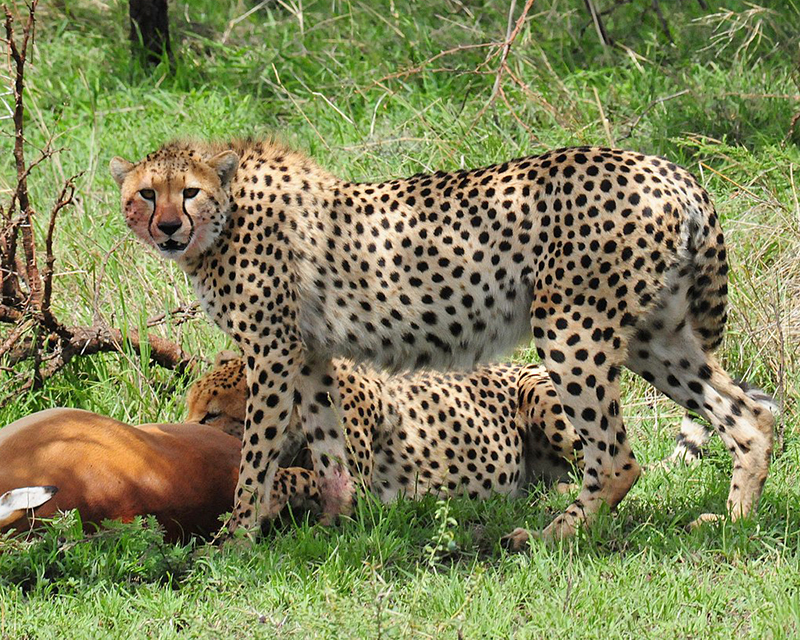 |
Predation is where one organism (the predator) kills and eats another organism (called the prey). The cheetah is the predator of the impala. Image by Vince Smith. |
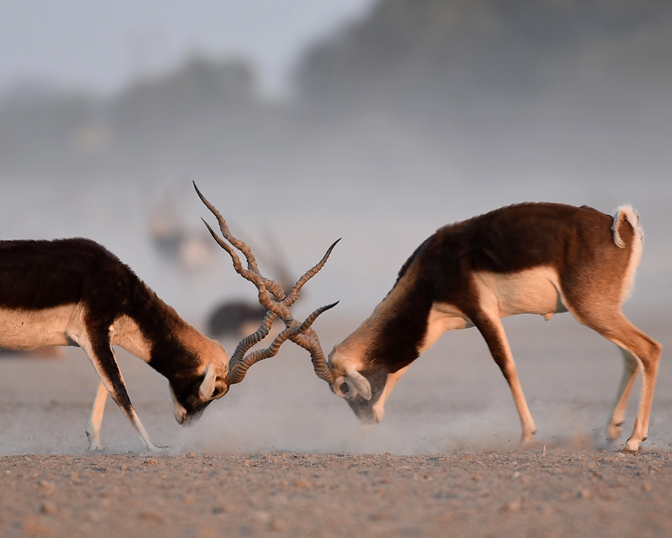 |
Competition happens when organisms compete for limited resources such as food, water, or territory. These two male blackbucks are most likely competing for female mates. Image by Sudhirggarg. |
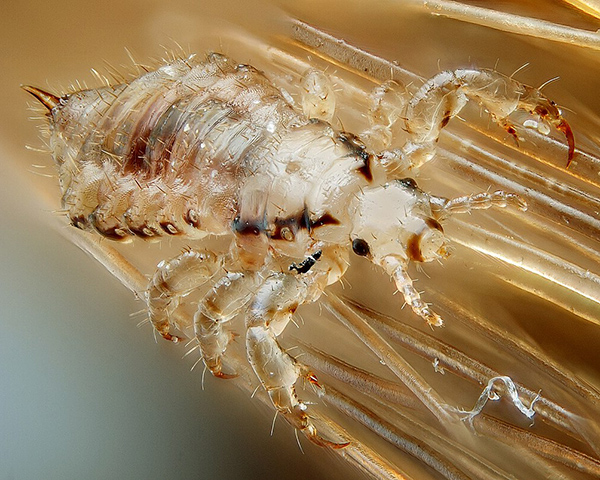 |
Parasitism is a symbiotic relationship where a parasite lives on or inside a host and causes harm. Lice is a parasite that lives in the hair of some humans and feeds on their blood. Image by Gilles San Martin. |
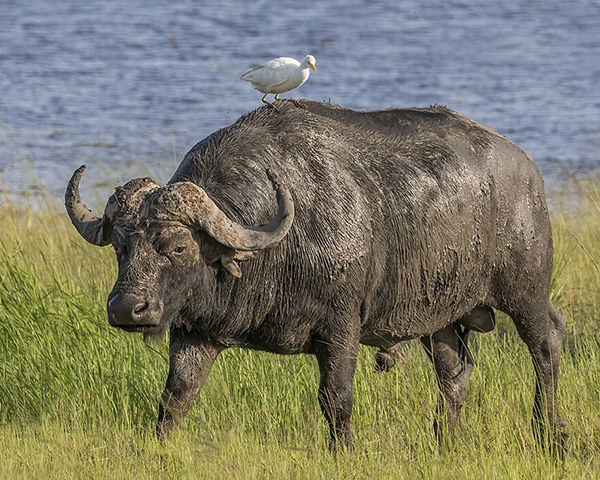 |
Commensalism is a symbiotic relationship where one organism benefits while the other organism is not affected. The egrets pictured here eat the insects that are exposed by the cattle grazing. The egrets benefit by getting fed but the African buffalo does not benefit and is not harmed. Image by Charles J. Sharp. |
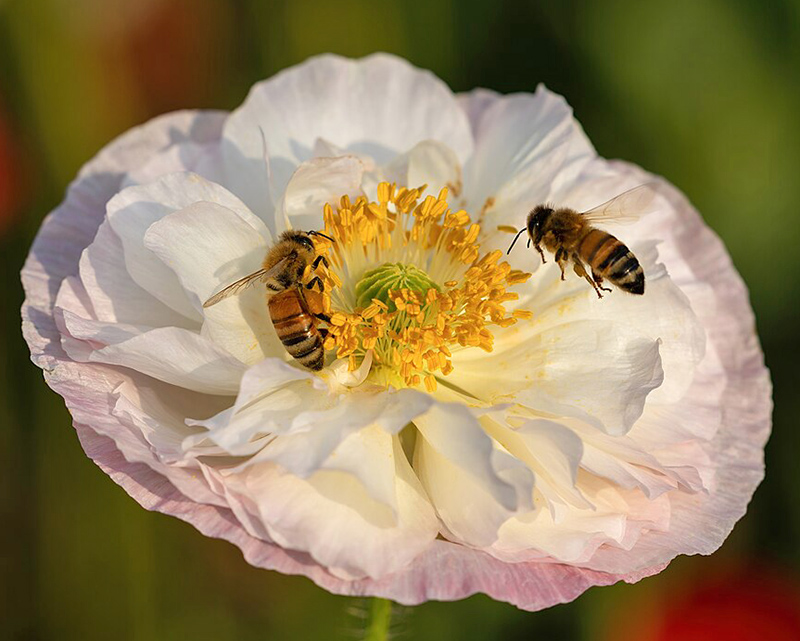 |
Mutualism is a symbiotic relationship where both organisms benefit. Bees collect nectar from flowers for food, but they also transfer pollen between flowers, helping them reproduce. Image by Basile Morin. |
Keep in mind that animals are a part of many different relationships. For example, the egret is part of a relationship of commensalism with the water buffalo, but at the same time, the egret is a predator of certain insects.
What’s symbiosis?
All symbiotic relationships are ecological relationships but not all ecological relationships are symbiotic. What does this mean? Symbiosis is a type of ecological relationship where the interacting species have a long-term relationship. Of the ecological relationships mentioned above, commensalism, parasitism, and mutualism are all symbiotic relationships.
How are ecological relationships connected to coevolution?
When two species interact closely with each other, they can place an additional selective pressure that can help drive the evolution of that species.
Additional images via Wikimedia Commons. Fungus and ants image by David Torres.
Read more about: Nature's dynamic duos
Bibliographic details:
- Article: Relationships in nature
- Author(s): Dr. Biology
- Publisher: Arizona State University School of Life Sciences Ask A Biologist
- Site name: ASU - Ask A Biologist
- Date published:
- Date accessed:
- Link: https://askabiologist.asu.edu/ecological-relationships
APA Style
Dr. Biology. (). Relationships in nature. ASU - Ask A Biologist. Retrieved from https://askabiologist.asu.edu/ecological-relationships
Chicago Manual of Style
Dr. Biology. "Relationships in nature". ASU - Ask A Biologist. . https://askabiologist.asu.edu/ecological-relationships
Dr. Biology. "Relationships in nature". ASU - Ask A Biologist. . ASU - Ask A Biologist, Web. https://askabiologist.asu.edu/ecological-relationships
MLA 2017 Style

Some species of ants farm fungus as part of a mutualistic relationship. The ants get special food and they spread, feed, and protect the fungus. In some of these relationships, the ants have evolved to feed solely on the fungus.
Be Part of
Ask A Biologist
By volunteering, or simply sending us feedback on the site. Scientists, teachers, writers, illustrators, and translators are all important to the program. If you are interested in helping with the website we have a Volunteers page to get the process started.

